Today’s learning environments take full advantage of new technology to make lessons more interactive and engaging. As a result, educators are seeing the benefits of distance learning and finding ways to include those opportunities in their curriculum.
What are the pros of distance learning? Though the shift to remote learning might've been jarring at first, let’s look at how this new learning opportunity can benefit students, educators, and parents alike.
6 Advantages of Distance Learning for Students
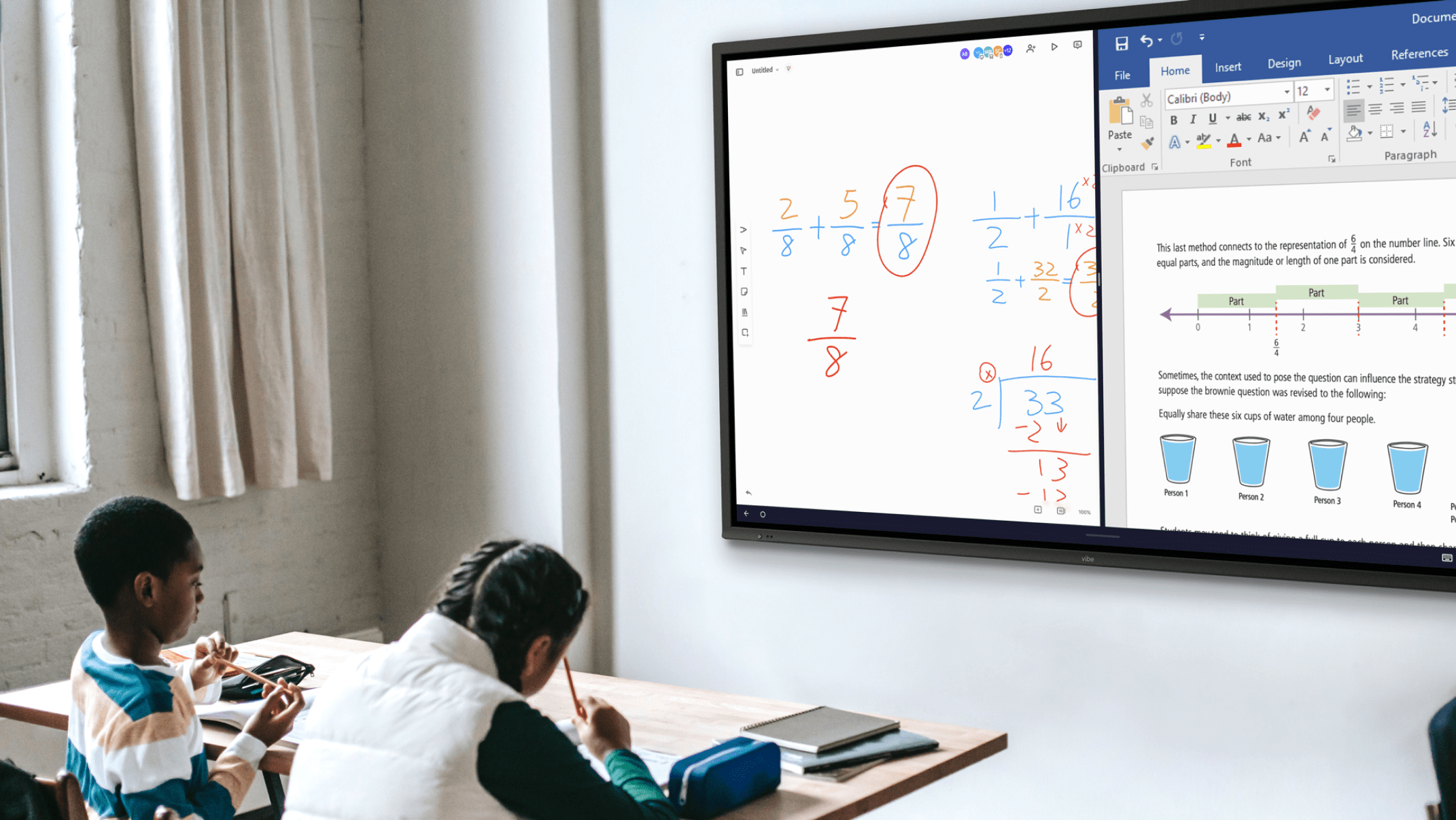 children are learning remotely
children are learning remotelyNo More Forgotten Homework
With coursework and school resources digitized, students have instant access everything they need. Now, keeping track of assignments, tests, and projects as simple as checking your phone. Not only does this mean that students don’t have to lug heavy backpacks around quite as much, but it also means students can stay organized. As a bonus, they’ll be able to learn how to navigate these resources on their own.
Reduced Social Anxiety
Education is not 'one size fits all'. According to the Anxiety and Depression Association of America, approximately 15 million Americans suffer from a social anxiety disorder, or SAD. Many of these cases start around the time a child is 13. For students who experience social anxiety, traditional school can pose a number of problems. From the school bus to the classroom to the cafeteria, students may be overwhelmed by the various social situations and dynamics packed into a single school day. With online school or virtual classes, students may be able to feel more confident in their interactions and perform better in their studies.
Learn more about all of the pros and cons of online school →
Flexible Scheduling Opportunities
For many students, school is only one half of the story. Trying to schedule work shifts with school (and homework) can be overwhelming for students. Luckily, distance learning offers more flexibility with scheduling than traditional classes. Students may have an easier time balancing both work and school with virtual classes. While education is important, every family and student's financial situation is different, and distance learning helps to accommodate that reality.
Stay Healthy and Keep Others Safe
The COVID-19 pandemic taught us the importance of wearing masks and maintaining social distance as a way of protecting each other. With distance learning, children can stay home when sick without missing out on too many lessons. Not only is this a more comfortable way to learn when they’re under the weather, but it also shows the teacher that you value the well-being of the entire class.
Accessibility for Everyone
Though the world continues to make strides, there are unfortunately still places that aren’t accessible to everyone. Adding remote learning to your education system opens up new doors for students who can't always make it to a physical classroom. Allowing students to learn where they are comfortable also reduces missed lessons and contributes to better learning.
Related: How to Build the Foundation of an Accessible Online Course
Self-Paced Learning
Offering students the chance to learn at their own pace comes with many advantages. Students can feel more engaged in the material without the additional pressure from classmates—whether they're worried about being a 'know-it-all' or if they're concerned they're falling behind. Because remote learning is often more self-paced, students can review the material as often as needed and advance past already known subjects.
5 Benefits of Distance Learning for Parents and Educators
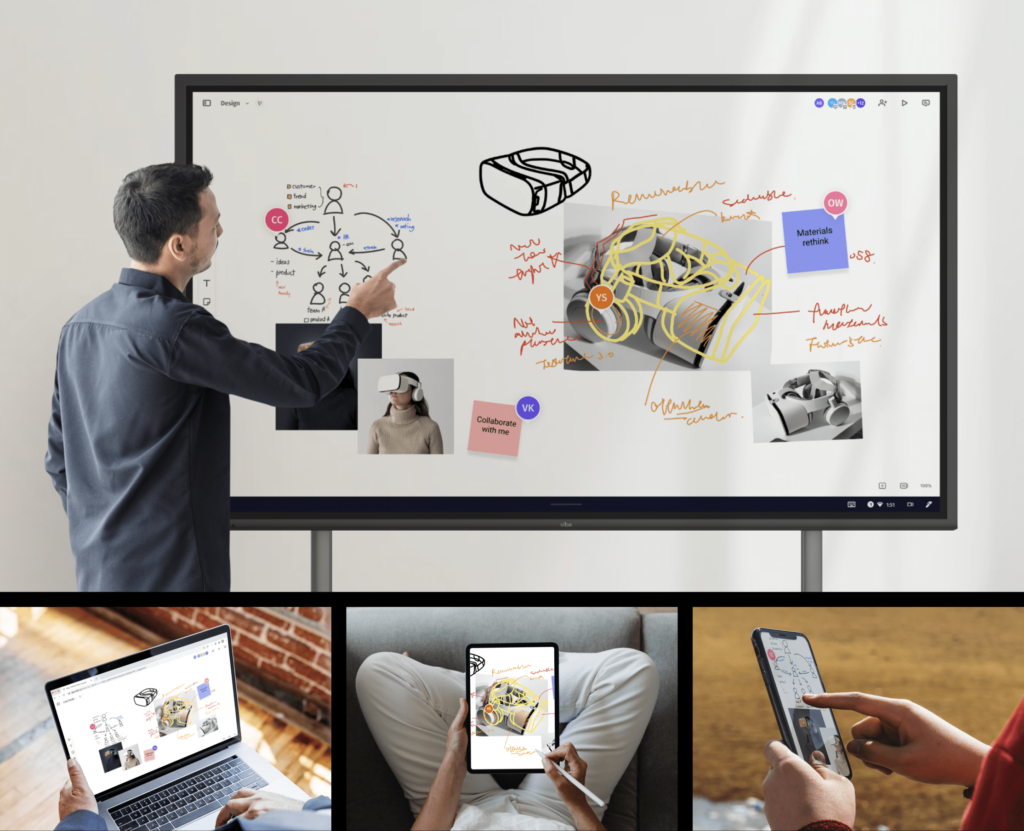 A teacher is collaborating with students in class
A teacher is collaborating with students in classNo More Commute
Distance learning and remote education have one big thing in common — there’s no commute. That means you save on gas money and time. You also don’t have to constantly worry about when the school bus is arriving. Enjoy the extra time in your day!
Works With Atypical Work Schedules
If you have an opposing work schedule from your child’s school schedule, this arrangement frees both of you up a little more. With more flexibility and less commuting, your schedules can work better together. Sometimes, it’s a nice break to have a different daytime structure.
Parents Can Get to Know Their Child’s Classmates
If your child has a very wide friend group, you might not have been able to meet them all just yet. But if you get to casually sit in on a digital study session, you’ll be more aware of what’s going on in your child’s social life.
Parents Can See What Their Child is Learning
Some children can be very chatty about their school day. Others, not so much. By being able to listen in on particular lectures, parents can turn the information learned into meaningful conversations, furthering their child's learning experience. It’s important for parents to show interest in their child’s education. With distance learning, that's easier than ever.
Reduced Overall Cost of School
Especially in America, students have more overall costs to their education—things like housing, meals, and transportation—and that’s in addition to tuition fees. Just living on campus for a single year can add $10,000-$20,000 onto their bill.
Allowing students to learn from remote locations (by working with tools such as smart whiteboard technology) can save them quite a bit of money. With school costs down, students can maximize their learning experience by spending more time studying and less time fretting over financials.
Related: Best Practices for Distance Learning
4 Ways Distance Learning Positively Effects Life Skills
 A young boy watches an online math lesson as part of his distance learning curriculum.
A young boy watches an online math lesson as part of his distance learning curriculum.Make the Most Out Of Digital Whiteboards
Having a smart whiteboard can be extremely beneficial, especially when it comes to sharing documents and conversing with the class over Zoom. Being able to see the rest of the class on such a wide screen can keep students more focused and alert for the lesson itself. Smart whiteboards also encourage collaborative learning. Students can work on the same digital canvas simultaneously with other students to bring the best of in-person learning to the virtual class environment.
Prepare Students to Work From Home in the Future
While there are a lot of benefits to distance learning, working remotely has even more benefits. For one, adults can work on home projects while also staying connected to their team in the office. Many have found that a work-life balance is far more achievable with remote work. And here's the thing: remote work is here to stay. When your child grows up, they may also end up working from home. Having them practice the art of staying motivated and productive at a young age is great practice for the future.
Distance Learning Teaches Time Management
While some students may find distance learning difficult, it gives them the chance to develop time management skills. These essential skills will help maintain a work-life balance and offer students an opportunity to complete projects before deadlines. Teaching students how to better manage their spare time can be challenging, but also worthwhile.
Related: Get the Most Out of Your Learning Management System
Broader Networking Opportunities
While they may miss out on the chance to network locally with peers, students often gain a more significant network when they switch over to remote learning. Suddenly, the entire world is at their fingertips. This kind of opportunity can open many doors for both high school and college students. For example, let's say your child wants to learn a new style of culinary cooking. Before distance learning, their options would be limited to local teachers and classes. Now, they can learn from masters all around the world in virtual classes.
 A girl completes schoolwork on her laptop at her own pace, one of the benefits of distance learning.
A girl completes schoolwork on her laptop at her own pace, one of the benefits of distance learning.Disadvantages of Distance Learning
Although there are many different advantages to distance education, there can be some places where students struggle. Being aware of these pitfalls can help them prepare to make the most of distance learning in a digital era.
Some disadvantages of remote learning include the following:
Strong Self-Motivation is Required
Because students are in control of setting aside time to learn and complete assignments, they must be able to focus. Learning on their own requires a sense of responsibility, self-control, and the willpower to work on things even when the subject matter is challenging or motivation is lacking. Not everyone can do this by themselves. Consider pairing your student up with an accountability partner from their class.
May Hinder Student's Communication Skill Development
Because most of the learning is done digitally, a virtual classroom may result in little human interaction with others. This can make it difficult for younger students or those who struggle with communication to further develop those skills. There's also the learning curve of having to communicate via a device. Zoom fatigue is a very real thing, and virtual communicating requires a different skill set than in-person.
Lack of Practical Experience
While you can learn many things through videos, some skills require physical exercises to learn properly. Even simulators cannot replace live practice. For example, a vet tech can learn a lot through online courses, but hands-on experience is important for proper evaluation and diagnosis.
The Problem of User Identification
Currently, the most effective way to evaluate students is through tests. While most credits are given through honesty, the only way to verify the absorbed knowledge is with virtual proctors or additional surveillance during test periods. That’s not always possible, so many schools still rely on in-person exams.
Related: Distance, Hybrid, and Blended Learning: What's the Difference?
The Future of Distance Learning
Schools that switched to mostly digital learning in the past year might not be ready to return to in-person lessons quite yet. In some cases, schools are planning to offer a hybrid learning curriculum. That's because students, educators, and parents alike have all noted the benefits of distance learning that make it an incredibly viable long-term option.
This new age of learning has opened new doors for people to learn in a new way. Distance learning connects students to the right teachers and allows for a more broad scope of subjects. As technology expands and distance learning continues to be relevant, education technology will only improve.
For more resources on making Vibe an integral part of your distance and hybrid learning classroom, explore our comprehensive collection of educational articles, or check out our Teacher and Educator FAQs.
Vibe offers a collaborative solution combining an interactive digital whiteboard and innovative smart software. Increase engagement and efficiency at your brainstorming sessions, virtual training, and classroom sessions by integrating your favorite applications with video conferencing and an infinite, mess-free writing canvas. Collaborate today with Vibe.
Looking for the latest in interactive whiteboard technology? Check out Vibe today!



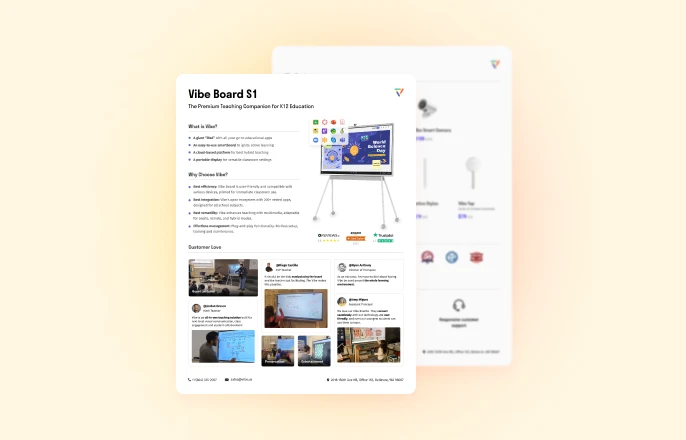
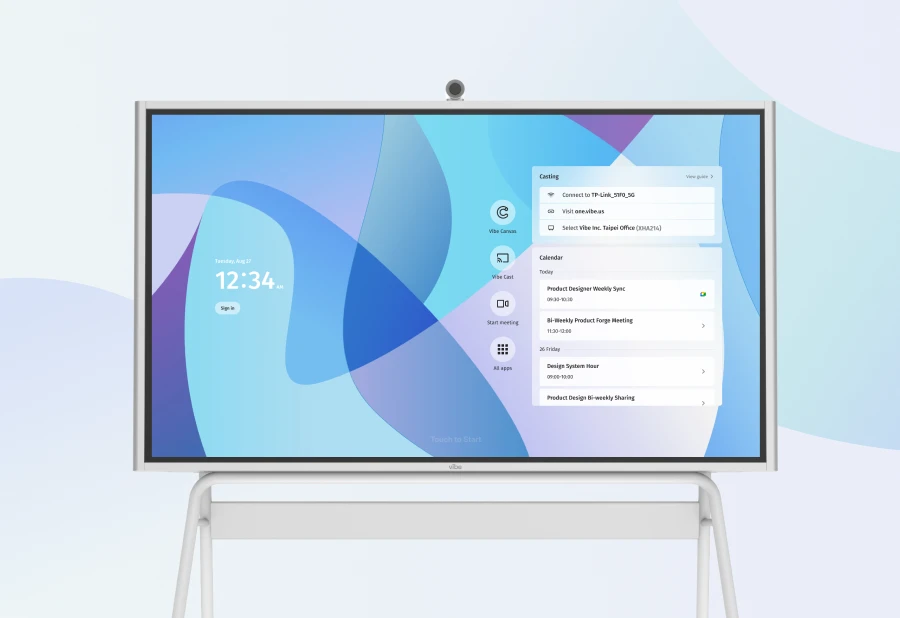
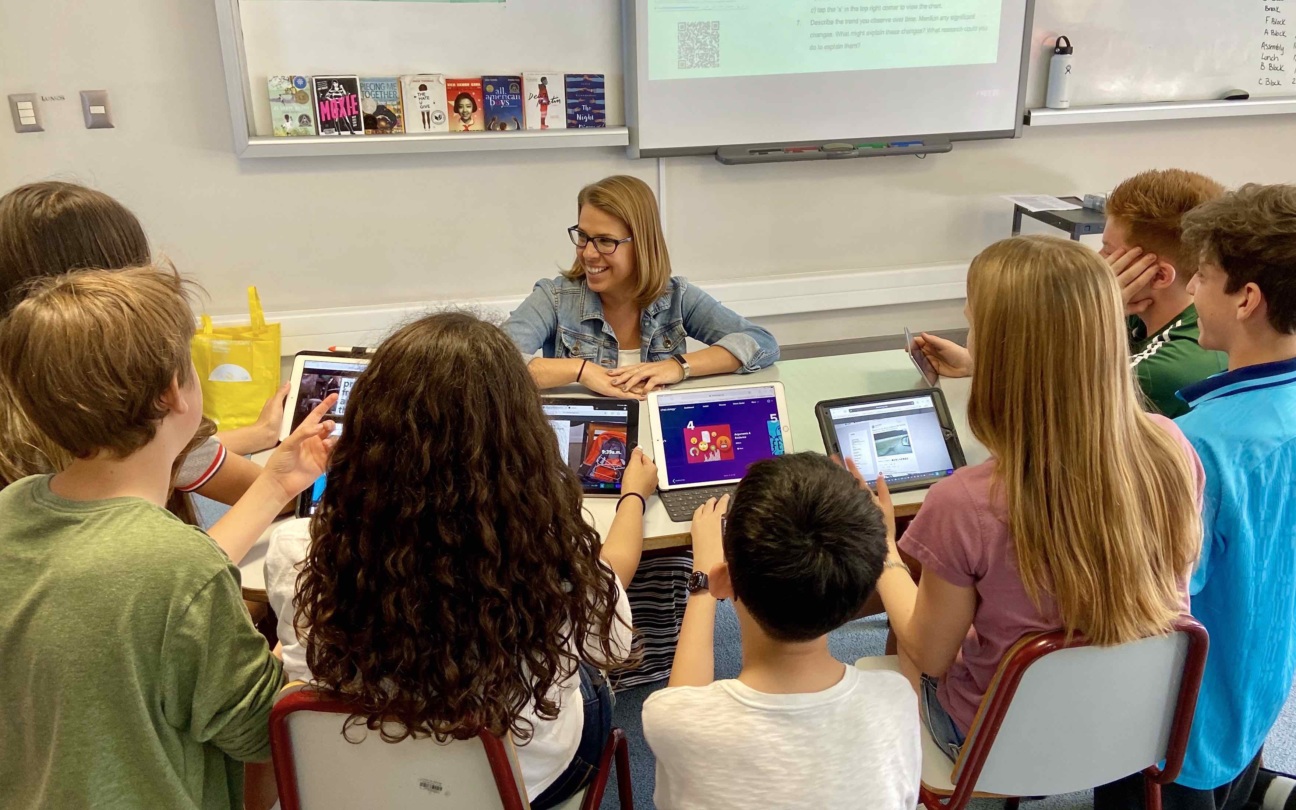



-1sbltxxq4FYxHrXrwJVLsCDNsXpqNa.webp)
-5Zp0pmSytvcuYDVs1LvuwplKuRneK0.webp)
